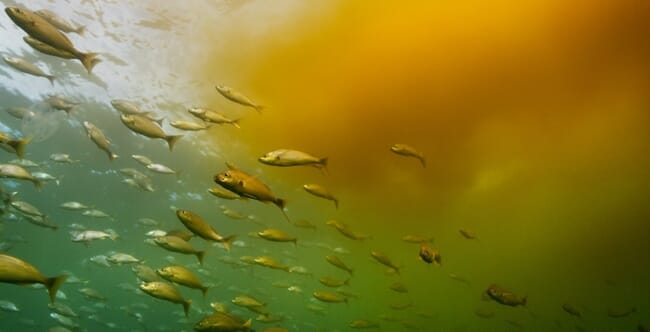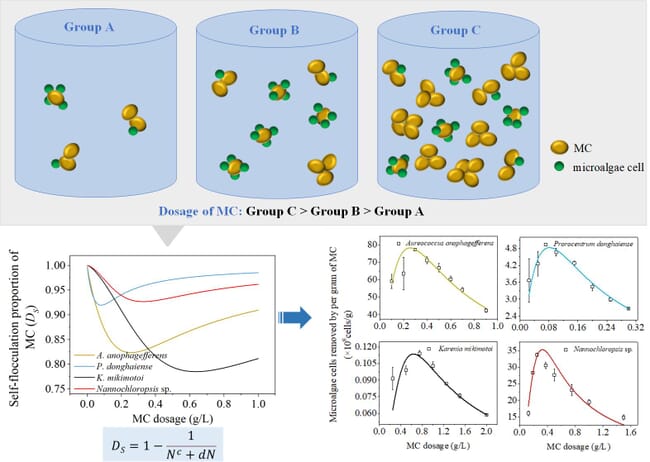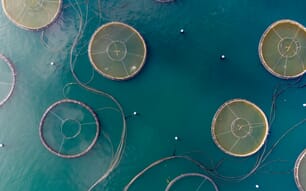
© UCSB
Red tides can wreak havoc across marine ecosystems and are emerging as a global issue. Currently, the main remediation technology employed for red tide control on a large scale is to spray modified clay (MC) on the surface of red tide-affected water.
However, the dosage of MC is usually judged by previous spraying experience – but this doesn’t guide the application of very well.
Recently, a research team led by Prof Yu Zhiming from the Institute of Oceanology of the Chinese Academy of Sciences (IOCAS) has revealed how MC dosage impacts its effectiveness at combatting red tides. The research team also created a mathematical model that outlines how effective MC doses are at combatting red tide organisms. The study was published in Separation and Purification Technology on 22 October.

© IOCAS
The researchers found that when using MC to flocculate red tide organisms, its ability to remove microalgae initially increased, but decreased as more modified clay was added. The total interaction energy between the clay and red tide organisms at close range caused the clay to self-flocculate, decreasing its ability to remove the harmful microalgae. The researchers also learned that the dosage of modified clay impacted the self-flocculation proportion by interfering with the collision between the clay and microalgae cells – this collision is what makes the clay effective at stopping red tide organisms.
According to the researchers, their mathematical model can simulate different dosages of modified clay and indicate which ones would be most effective. The model can also illustrate the quantitative relationship between the MC dosage and its degree of self-flocculation.
“The spraying method of MC strongly affects its effectiveness, and the dosage-effectiveness mathematical model can be used as an important reference for MC dosage optimisation strategy,” said Zang Xiaomiao, first author of the study.
“The study will help to enrich particle flocculation theory and guide efficient spraying practices of MC technology for red tide control,” said Prof Yu, the corresponding author of the study.




